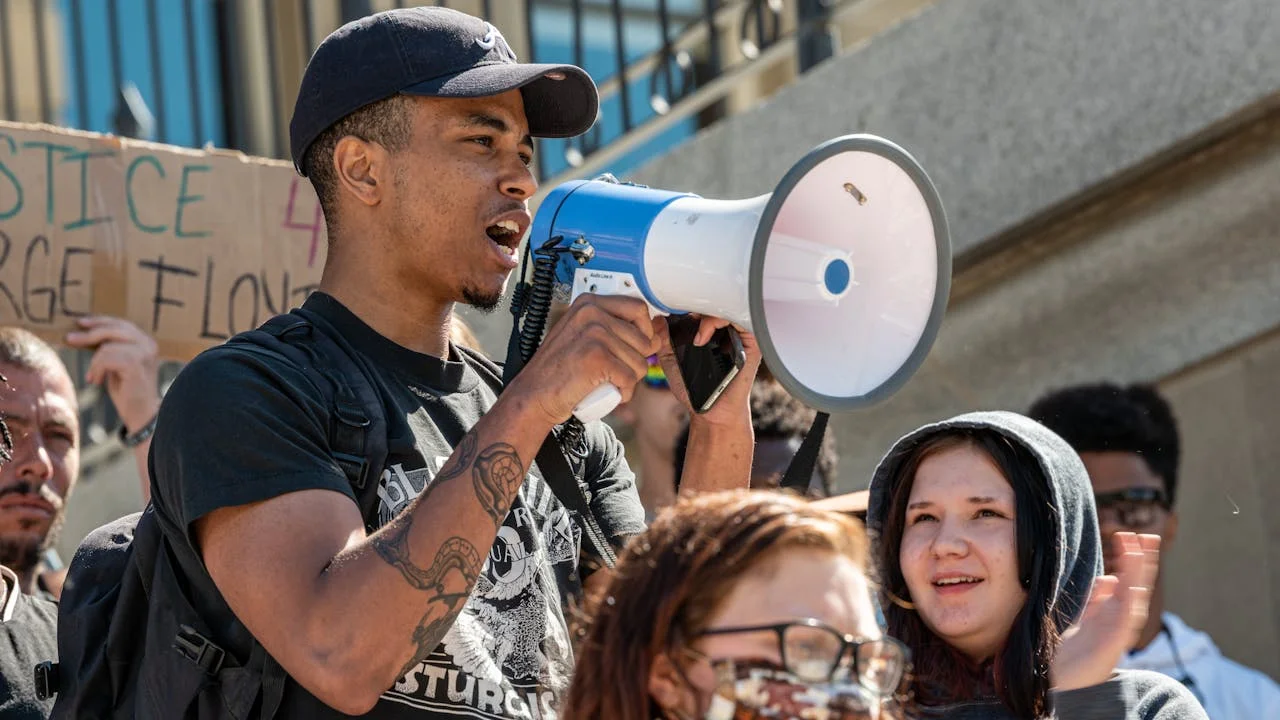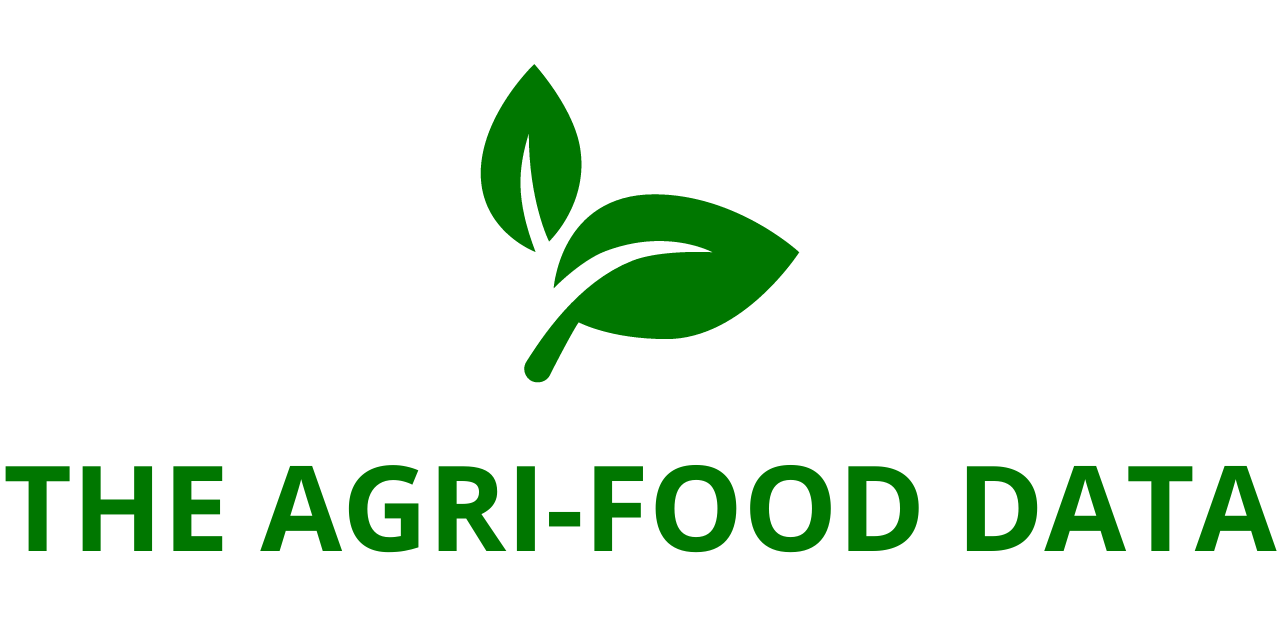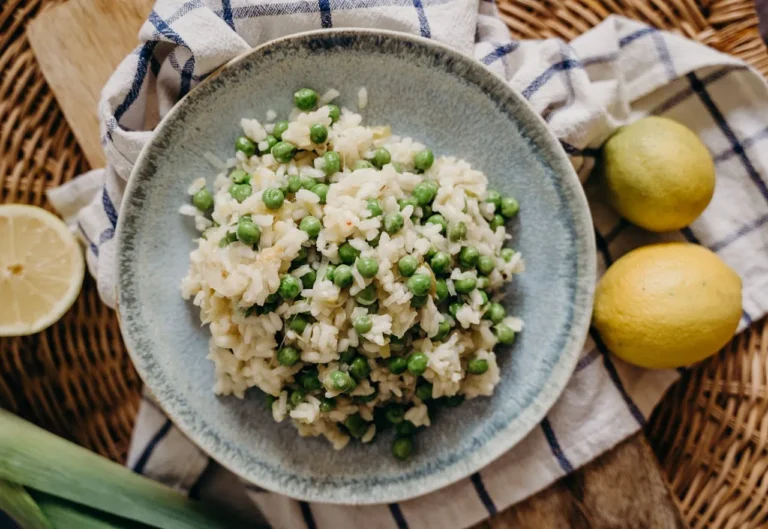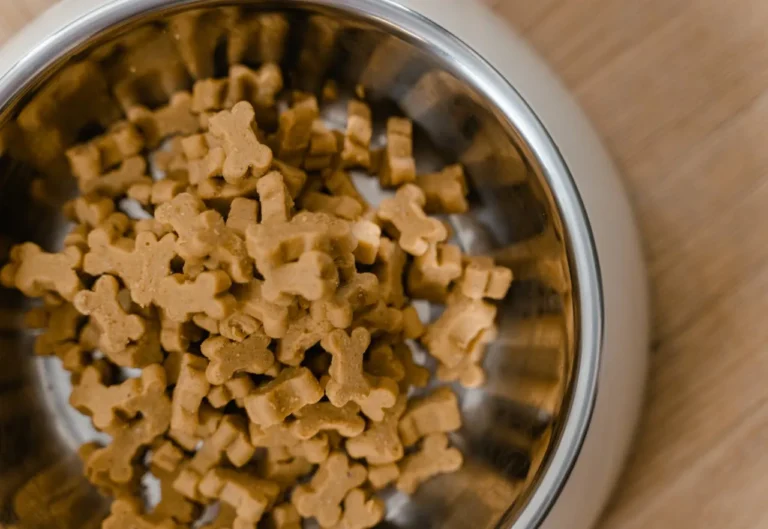
In a recent announcement, we unveiled an enhanced sustainability agenda geared towards making substantial strides in tackling the complex challenges we confront. Pablo Costa, our Global Head of Packaging, delineates what this signifies for our plastic strategy and how our revised objectives are geared towards achieving heightened impact.
Packaging stands as a cornerstone of our operations, facilitating the provision of goods to people globally, ensuring product safety and quality, and enhancing consumer experience with our brands. Yet, we acknowledge the imperative for conscientious management throughout the lifecycle of our packaging to engender positive environmental and societal outcomes.
Plastic, owing to its versatility and functionality, serves as a prevalent packaging material. Nonetheless, the pervasive mismanagement of plastic packaging leading to environmental pollution necessitates our active engagement in remedial measures.
Hence, plastic features prominently among our sustainability priorities outlined in our Growth Action Plan, which emphasizes concentrated efforts for maximal impact.
Reflecting on our progress, we’ve already made substantial headway in curtailing plastic waste and fostering a circular economy for plastic packaging:
- Reducing Virgin Plastic Usage: We’ve achieved an 18% reduction in virgin plastic utilization against a 2019 benchmark, garnering recognition from esteemed entities like the Ellen MacArthur Foundation.
- Integration of Recycled Plastic: Our incorporation of recycled plastic into our packaging portfolio has surged to 22%, positioning us on track to meet our 2025 target of 25%. Through partnerships, we’ve bolstered the supply chain for high-quality recycled plastic, with several flagship brands adopting 100% recycled plastic in their packaging.
- Collaborative Initiatives: By spearheading industry collaborations such as the Global Commitment and the Consumer Goods Forum’s Plastic Waste Coalition of Action, we’ve championed initiatives aimed at optimizing plastic packaging design and recycling capabilities.
While lauding our achievements, we acknowledge falling short of some ambitious targets. The dynamic nature of challenges such as technological advancements and infrastructure gaps necessitates recalibration of our approach. Armed with enhanced insights, we’re revising our goals to ensure a more focused, realistic, and impactful trajectory:
- Reduction of Virgin Plastic Usage: We’re committed to a 30% reduction by 2026 and a 40% reduction by 2028, augmenting transparency and accountability in our pursuit.
- Enhanced Recyclability: By 2030, we aim for 100% recyclability, compostability, or reusability in rigid plastic packaging, with a 2035 target set for flexible packaging.
- Increased Utilization of Recycled Plastic: Our goal is to incorporate 25% recycled plastic into our packaging by 2025, while concurrently striving to collect and process more plastic packaging than we sell.
Central to our strategy is collaboration and advocacy for systemic interventions. We advocate for governmental support in instituting robust regulations, such as extended producer responsibility schemes and fostering an enabling environment for reuse and refill solutions.
In conclusion, while cognizant of the formidable challenges ahead, we remain steadfast in our commitment to combating plastic pollution. Our refined approach underscores a dedication to tangible, sustainable outcomes, reinforced by collaborative partnerships and advocacy efforts.





